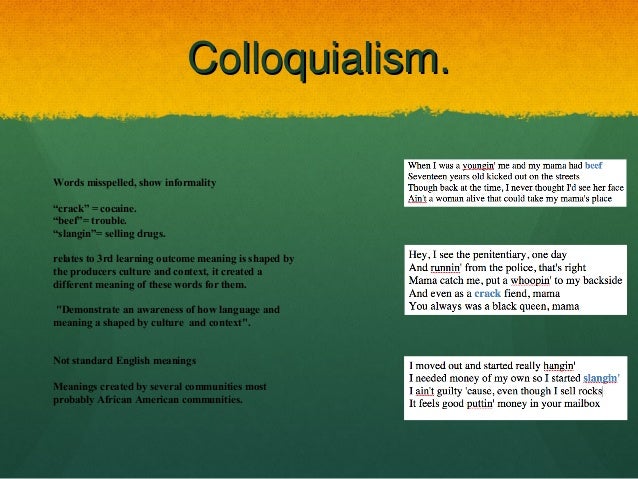

Though she was kept out of the larger suffrage movement, Wells made her own way, helping found the NAACP in 1909 and then creating the first Black suffrage organization in 1913. Ida Wells Barnett actively spoke out for civil rights as well, being a journalist and an anti-lynching advocate, she got the right amount of publicity to make her voice heard. This is our first view into Intersectional feminism as Americans. Men are expected to give those women chivalry and a semblance of respect, whereas Black women were not meant to be given the same. Truth begins to break down what her society tells her a woman is, she sees white women with more freedom and respect than what she is given. Nobody ever helps me into carriages, or over mud-puddles, or gives me any best place! And ain’t I a woman” (14 Collins). Sojourner Truth was one of the first Black women to come out and state her feelings towards Black female oppression, at a convention in Akron, Ohio (1851) she speaks on the parallel worlds of white women and Black women, “That man over there says women need to be helped into carriages and lifted over ditches, and to have the best place everywhere. Social justice is often seen as a stairwell that can only be taken one step at a time, because of this our addition to the movement was feared to be a hinderance. Black women have been routinely left out of the larger feminist movement despite all our struggles and our significantly harder fight to survive. Intersectional feminism is necessary for three reasons according to Collins: Black women’s labor has often been exploited, Black women have often been deprived of opportunities that have been extended to white men and Black women have been stereotyped in media and art in such a way that attests to our oppression (12). Two of these women are Sojourner Truth and Ida Wells Barnett. Patricia Hill Collins builds her definition of Intersectional feminism off the Black women that first began to build their own intersectional thoughts in the 19 th century. The term Intersectionality has many definitions, because of this it is necessary to establish the lens in which this project will use to analyze works of literature that perpetuate negative Black femme stereotypes. This project will study the Black mother and her involvement in the movement of Intersectional feminism. This project will analyze the works of Langston Hughes, primarily his poem “The Negro Mother”, and other works of literature through the lens of Patricia Hill Collins’ Black Feminist Thought which claims that African American women need to be the ones to break down the stereotypes of the Black mother, the “happy slave” that gets portrayed by male and white female perspectives.

In the terms of feminism, the Black mothers who helped give life to a movement are scattered throughout our literature being what is seen as “minor characters”, while supporting a movement that spurned generations of powerful Black children. We as Black women have been a group that has been portrayed in so many forms we must struggle to be seen in any other way. They are the women standing at the forefront of the civil rights movement, they are the mammys, the house negroes, the women who fought, struggled and clawed our way into the light.

In the terms of feminism, the Black mothers who helped give life to a movement are scattered throughout our literature being what is seen as “minor characters,” while supporting a movement that spurned generations of powerful Black children,” – Sharayah Alkireīy Black mothers, in many forms, are a large part of our literature, movies and society in general. “We as Black women have been a group that has been portrayed in so many forms we must struggle to be seen in any other way.


 0 kommentar(er)
0 kommentar(er)
